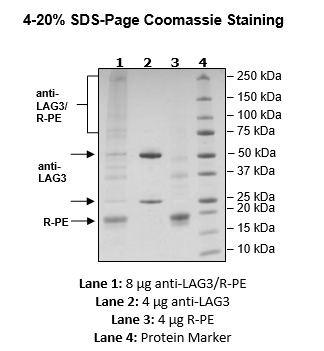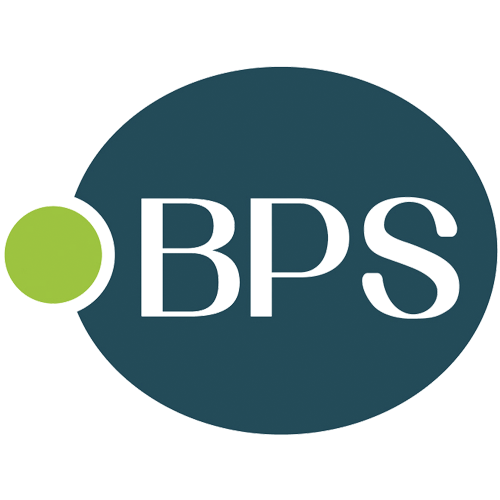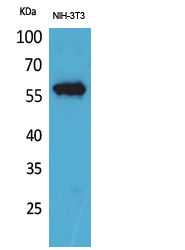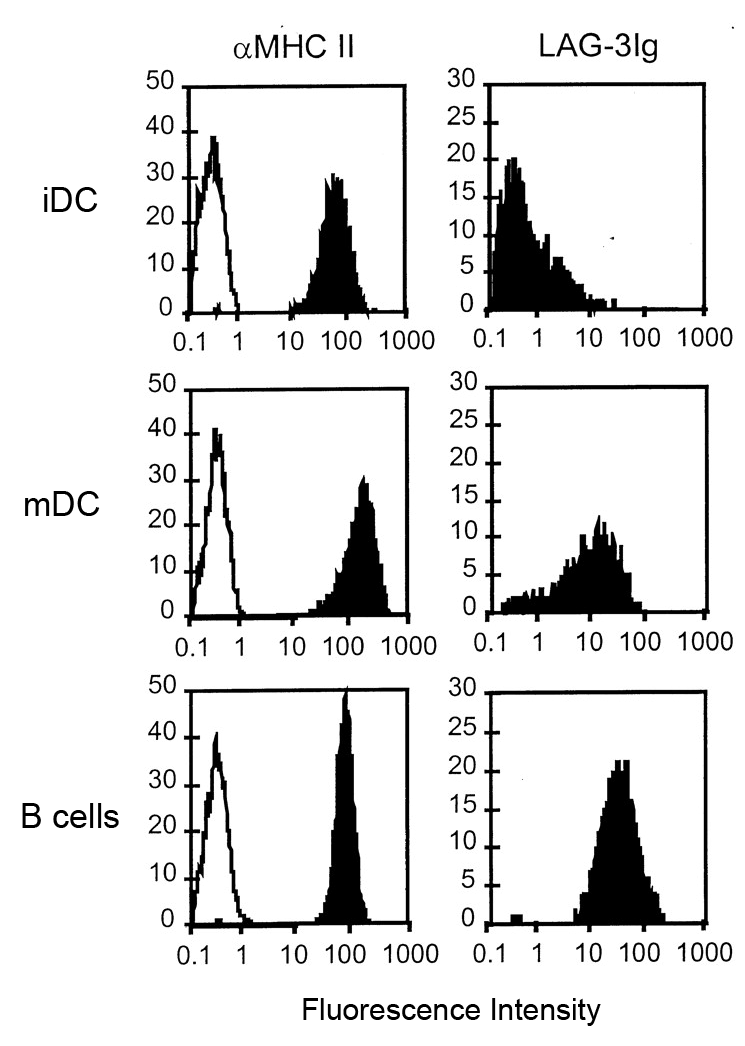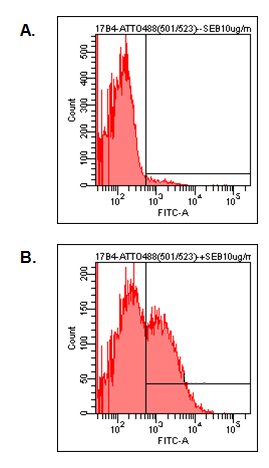
Detection of endogenous human LAG-3 by FACS analysis using anti-LAG-3 (human), mAb (17B4) (ATTO 488) (Prod. No. AG-20B-0012TD). Human PBMC were stimulated (B) or not (A) with 1microg/ml of superantigen SEB. After 2 days, PBMC were stained with 10micro
anti-LAG-3 (human), mAb (17B4) (ATTO 488)
AG-20B-0012TD
ApplicationsFlow Cytometry, ImmunoCytoChemistry
Product group Antibodies
ReactivityHuman
TargetLAG3
Overview
- SupplierAdipoGen Life Sciences
- Product Nameanti-LAG-3 (human), mAb (17B4) (ATTO 488)
- Delivery Days Customer10
- ApplicationsFlow Cytometry, ImmunoCytoChemistry
- CertificationResearch Use Only
- ClonalityMonoclonal
- Clone ID17B4
- Concentration1 mg/ml
- ConjugateAtto 488
- Estimated Purity>95%
- Gene ID3902
- Target nameLAG3
- Target descriptionlymphocyte activating 3
- Target synonymsCD223, lymphocyte activation gene 3 protein, lymphocyte-activation gene 3
- HostMouse
- IsotypeIgG1
- Protein IDP18627
- Protein NameLymphocyte activation gene 3 protein
- Scientific DescriptionLymphocyte activation gene 3 (LAG-3; CD223) plays an important role in negatively regulating T cell proliferation, function and homeostasis. It is required for maximal natural and induced regulatory T cell (Treg) function. LAG-3 is closely related to the T cell co-receptor CD4 and binds to MHC class II molecules but with a significantly higher affinity than CD4. - Monoclonal Antibody. Recognizes human LAG-3. Isotype: Mouse IgG1. Clone: 17B4. Applications: FACS, ICC. Liquid. In PBS containing 0.02% sodium azide. Lymphocyte activation gene 3 (LAG-3; CD223) plays an important role in negatively regulating T cell proliferation, function and homeostasis. It is required for maximal natural and induced regulatory T cell (Treg) function. LAG-3 is closely related to the T cell co-receptor CD4 and binds to MHC class II molecules but with a significantly higher affinity than CD4.
- ReactivityHuman
- Storage Instruction2°C to 8°C
- UNSPSC12352203



